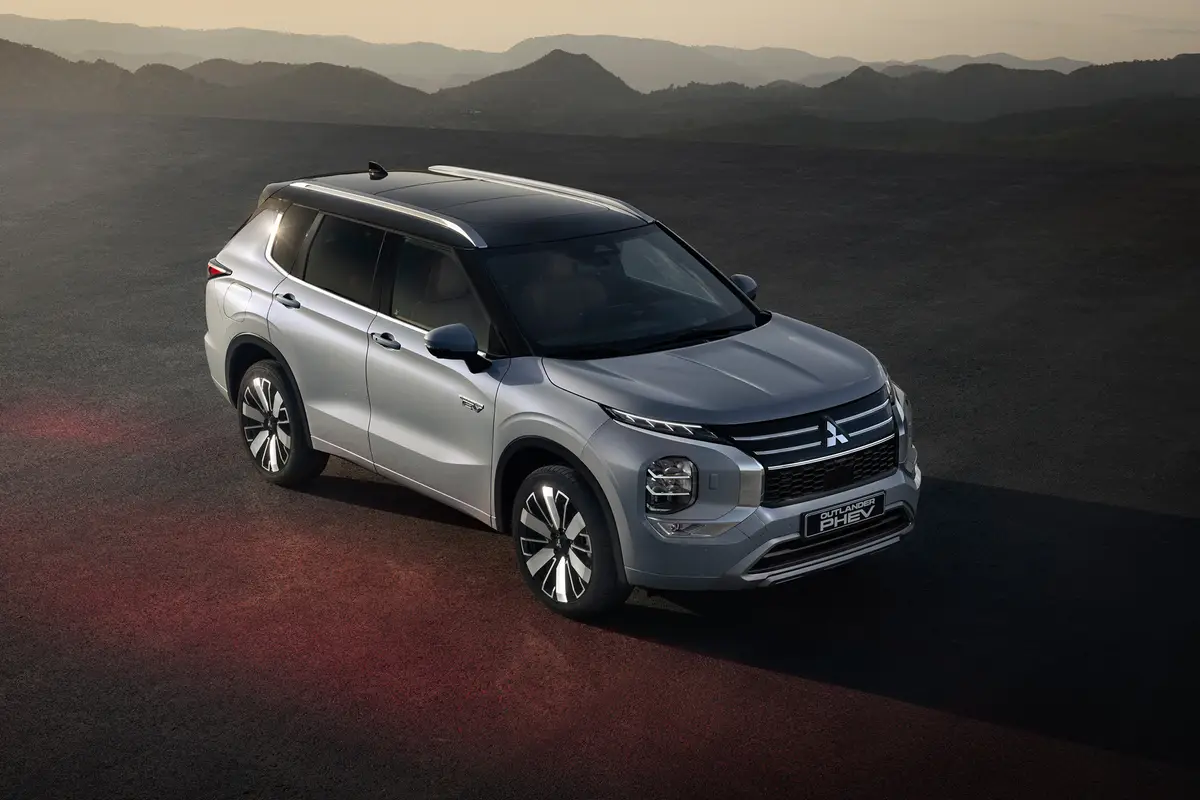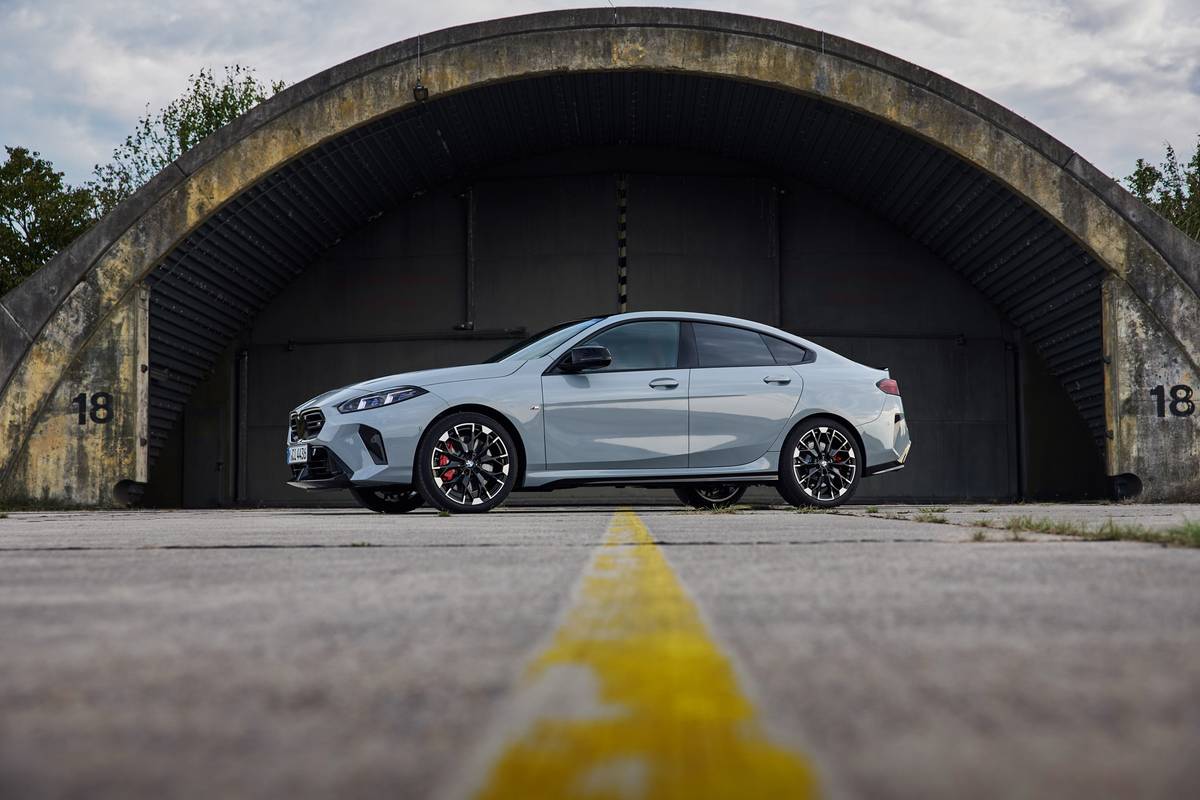The Miami Herald's view
There used to be a time when I was really bonkers for Buicks.
Blame it on my dad, who had a silver-blue 1965 Wildcat convertible with the 425-cubic-inch V-8. I learned to drive in that car, and although the first car I could call my own was a Mustang, I remained very fond of that Buick, borrowing it occasionally for dates.
After high school, I coveted a 1970 Buick Gran Sport GS Stage II convertible, but the $4,500 sticker price was too much to sustain on my $110-a-week salary. I finally got my own Buick in 1977 when I snagged a red ’75 LeSabre convertible with very low miles. U.S. automakers had stopped making convertibles in 1976 — fearing pending safety legislation — and I just had to have one before they went away.
I called the car Big Red, and it was everything I remembered my dad’s Wildcat to be — big, powerful, stylish in a way that now seems overdone. I kept it for six years, which was then a personal record for me.
I have not owned a Buick since, mainly because I felt there were very few new Buicks out there that were aimed at someone under age 65 who wanted a combination of style, performance and status. There have been exceptions, of course: the Riviera convertible and Regal Grand National and limited edition GNX, all from the 1980s, and the current edition Riviera, though in my view it needs a double overhead camshaft V-8 similar to what’s in the Aurora.
But recently I spent time with a Buick that could very well make my shopping list.
It was the 1998 Regal GS, which showed me that after more than a decade of lukewarm efforts, Buick has finally built a competitive answer to the entry-level European sport sedan.
An upscale performance version of the Century sedan, the Regal GS benefits from a wealth of improvements to the suspension, steering, engine output and interior setup.
Let’s start with the engine.
Aside from Saturn, Buick is the only General Motors division that doesn’t have a V-8 in its lineup. I am a V-8 junkie, though I can appreciate some of the finely tuned sixes and fours out there.
The supercharged 3.8-liter V-6, when used in the Regal GS, is the only GM six that has lived up to the advertising hype of being as good as or better than a V-8. This is the same V-6 used in the Regal’s cousin, the Pontiac Grand Prix GTP, in which it also earns high marks.
It produces 240 horsepower and it delivers that power in an almost seamless power band that starts at low rpms and runs right up to its peak at 5,200 rpm. It can propel the 3,500-pound Regal GS to 60 mph in 6.6 seconds, which makes it one of the quickest mid-size sedans on the road.
There is some minor torque steer if the throttle is floored from a standing start, though the standard traction control quickly reins it in. A four-speed automatic transaxle delivers smooth shifts in all driving modes, though it would be nice if a five-speed manual were available.
But the Regal GS would not be such a good car if the story stopped with its power.
The suspension, which uses coil springs over struts at the front and back, as well as an L-shaped front lower control arm, gets praise for combining the traditionally smooth Buick ride with sporty cornering capability. Bumps are absorbed with very little impact on passengers, and the body role is more than acceptable. Those who want more aggressive handling could probably get it by going to lower-profile tires.
Inside, the Regal GS benefits from some dramatic upgrades in materials and seat design. The use of faux wood, which always looks cheap, has been greatly reduced, and the vinyl-and-plastic interior panels now have a richer look and feel. Bucket seats are standard in the front and the rear seats offer generous amounts of leg and head room.
Outside, the Regal GS shares the same overall body panels as the more mundane Century, but it has a different grille, headlamps and lower body trim. The Regal GS is nearly devoid of chrome, which helps enhan its sport-sedan look.
All of this comes in a package that carries a sticker price of less than $25,000. At that level, it compares quite favorably with the V-6 Toyota Camry and Honda Accord, and delivers performance that is similar to the Mercedes-Benz C280 and the BMW 328, each of which costs at least $15,000 more.
SPECS
Base sticker price: $22,945.
Price as tested: $25,630.
Major options on test car: Prestige package, $1,060; 16-inch chrome wheels, $650.
Engine: 3.8-liter supercharged V-6
Horsepower: 240 5,200 rpm
Transmission: Four-speed automatic
Weight: 3,520 pounds
0-to-60 mph: 6.6 seconds
Mileage: 18-28 mpg
Safety: Dual front air bags, traction control, anti-lock brakes, daytime running lights
Competition: Toyota Camry, Honda Accord, Mazda 626, Ford Taurus, Pontiac Grand Prix
Latest news



